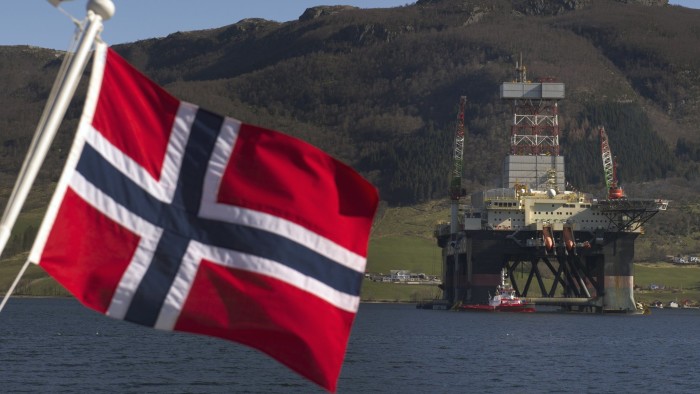Nordic model myths beloved by left and right

Roula Khalaf, Editor of the FT, selects her favourite stories in this weekly newsletter.
When it still mattered who would be the Democrat candidate for US president, Bernie Sanders and Hillary Clinton clashed over Denmark and whether the Nordic country was a good model for the US.
With Donald Trump as president-elect, it seems unlikely that liberal Scandinavia will trespass on the political debate in Washington for at least four years. But Denmark’s brief appearance in the campaign illustrates that Nordic countries have long been held up as the gold standard of how egalitarianism and social mobility need not be obstacles to productivity and wealth creation.
Culturally, socially and economically more similar to each other than to any other country, the Nordics share a long history of social democracy, a tradition of state intervention and redistribution, and a combination of egalitarian economic outcomes with fast growth and high living standards. That has made them a reference point for politicians worldwide, not just on the left but well into the centre-right.
Some of this impression, however, is more mythical than founded in detailed knowledge of the Nordics’ socio-economic record.
This year, economics Nobel laureate James Heckman and co-author Rasmus Landersø stirred things up with a paper arguing that Denmark has no more social mobility than the US. It measured mobility as how much someone’s income or educational attainment could be predicted from what their parents achieved at the same age.
Danes were more mobile than Americans in terms of post-tax incomes, but not by either pre-tax income or educational achievement. One interpretation was that Denmark is as stratified as the US; the difference is its voters’ preference for heavy government redistribution.
The reality is more complicated. While income inequality in Denmark is lower than in the US, it has increased faster over the past generation, which makes the measured effect of parental income look bigger. Comparing like for like, it turns out that even before taxes and transfers, a Danish person’s rank in the income distribution is less related to their parents’ rank than is the case for Americans. However, the distance between the rungs of the ladder is widening, and Denmark is not as different from the US as in the past.
The Nordic countries’ labour markets produce less inequality than the rich-country average, and extensive state redistribution adds to the effect. But even for pre-tax earnings and mobility, things are more complicated than traditional adulation by the left admits.

It is only in earnings from work that the Nordics are exceptionally egalitarian. Capital income is much less broadly shared. This is linked to the concentration of wealth, which is more severe in these egalitarian countries than many realise (see chart above). The share of wealth owned by the richest individuals in Norway, for example, is higher than in the UK, France, Italy and Spain, according to the OECD. Of course, the Nordics differ between them: for example, wealth is more equally distributed in Finland.
The Nordics offer mixed lessons. Their labour markets and educational systems have created a combination of egalitarian wages and high productivity.
But access to wealth and the non-wage income it generates is often as unequal as elsewhere, and as impervious to social mobility.
That means other countries may have something to learn from Nordic labour markets, but the Nordics may have to look elsewhere for lessons on capital ownership. If the future brings more pressure on wages than on capital income — as economists such as Thomas Piketty have warned — they will struggle to maintain the celebrated “Nordic model”.
The writer is an FT economics commentator and the author of its Free Lunch daily newsletter
Comments